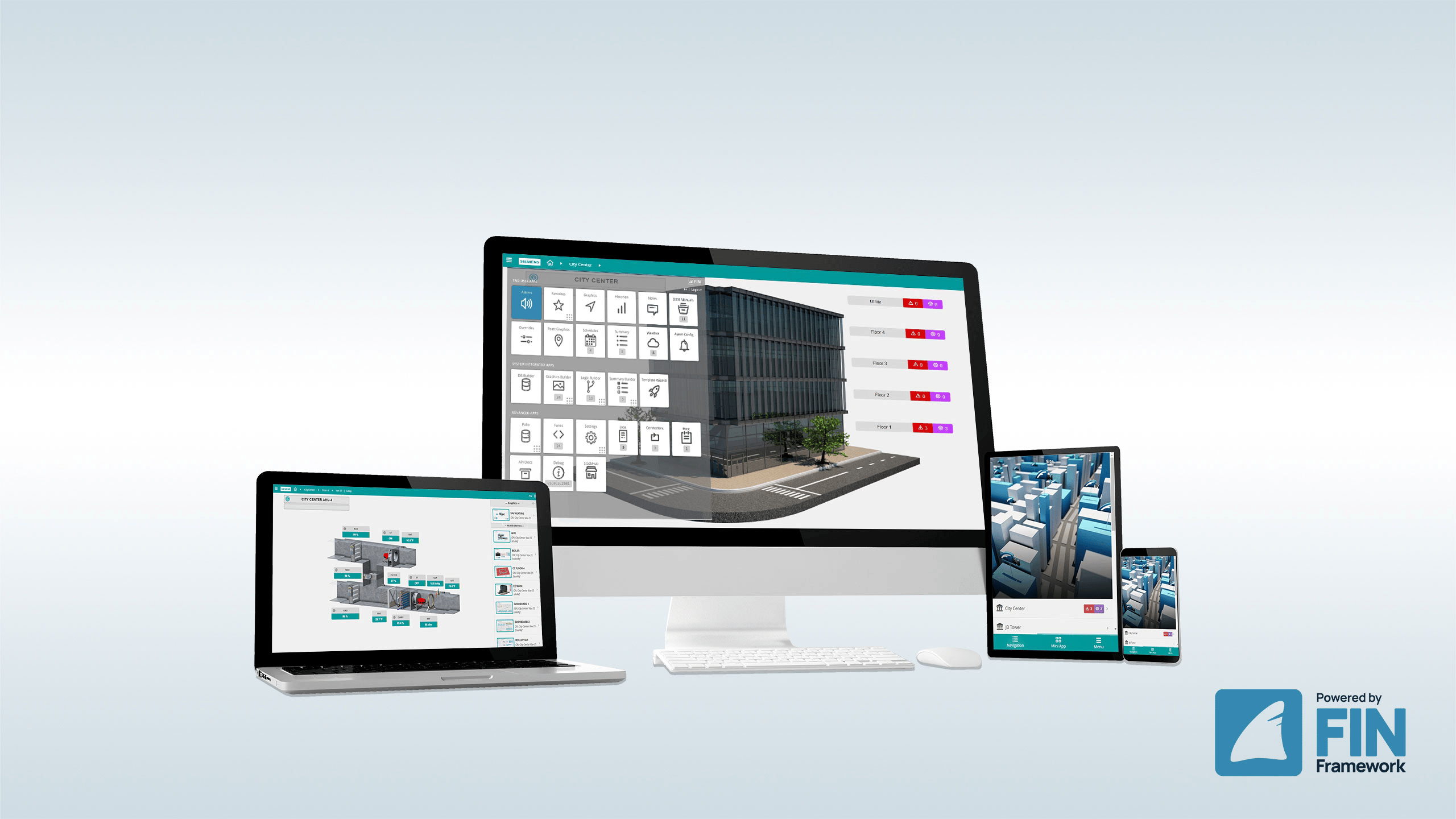The home of smart buildings, smart equipment and IoT

Here's Siemens, our parent company, talking about the benefits of using Haystack Tagging. Siemens has created many products based on FIN Framework, and is also one of the founding members of Project Haystack.
Guest blog written by Jamie Lee, Siemens Smart Infrastructure USA
We all hate unnecessary complexity, especially when it comes to integrating devices and technology with building management systems (BMS). The good news is, you can avoid it all together.
Haystack tagging saves time, money, and frustration when integrating building systems. It eliminates the need to manually attach names to individual building devices or systems by naming devices and systems automatically. You can then quickly integrate them with a building automation system. Our customers have experienced a 33% time reduction applying Haystack tagging and the savings goes straight to your project's bottom line. And if that's not enough, here are four additional reasons to implement Haystack tagging to make BAS integration easier.
Powerful Offering
Desigo Optic with Haystack is already a compelling answer for small to mid-sized buildings. Best of all, owners will benefit from the guidance and direction Haystack delivers about how to proactively solve issues with building operations that arise.
The future is bright for building automation applying the Haystack standard. And it's even brighter for owners of smaller buildings who can turn to Siemens Desigo Optic to make their buildings smarter.
Topics from this blog: Project Haystack Siemens Desigo Optic OEM FIN Framework Building Automation System
Back to all posts
J2 Innovations Headquarters, 535 Anton Blvd, Suite 1200, Costa Mesa, CA 92626, USA. Tel: 909-217-7040